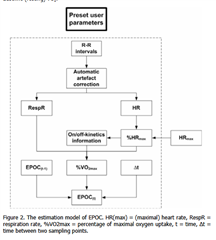My VO2Max is rising (great :) ) but Training Load is dropping ....
please update your algorithms to calculate training load from all activities.... i know you like to 'save' money and that's why you don't calculate (such simple thing) from Forerunner 735XT (yes, i know it's a watch that calculates Load, but also i know it's just 1 or 2 simple formulas that i can program in any language; java/python/javascript etc ...)
for now i need to use different site/app to calculate my 'training load', coz Connect is useless ....
(i have some Training Load data from Edge 530, but i can't compare to my running activities ... )


